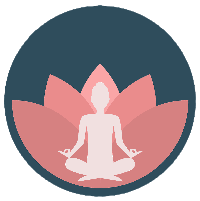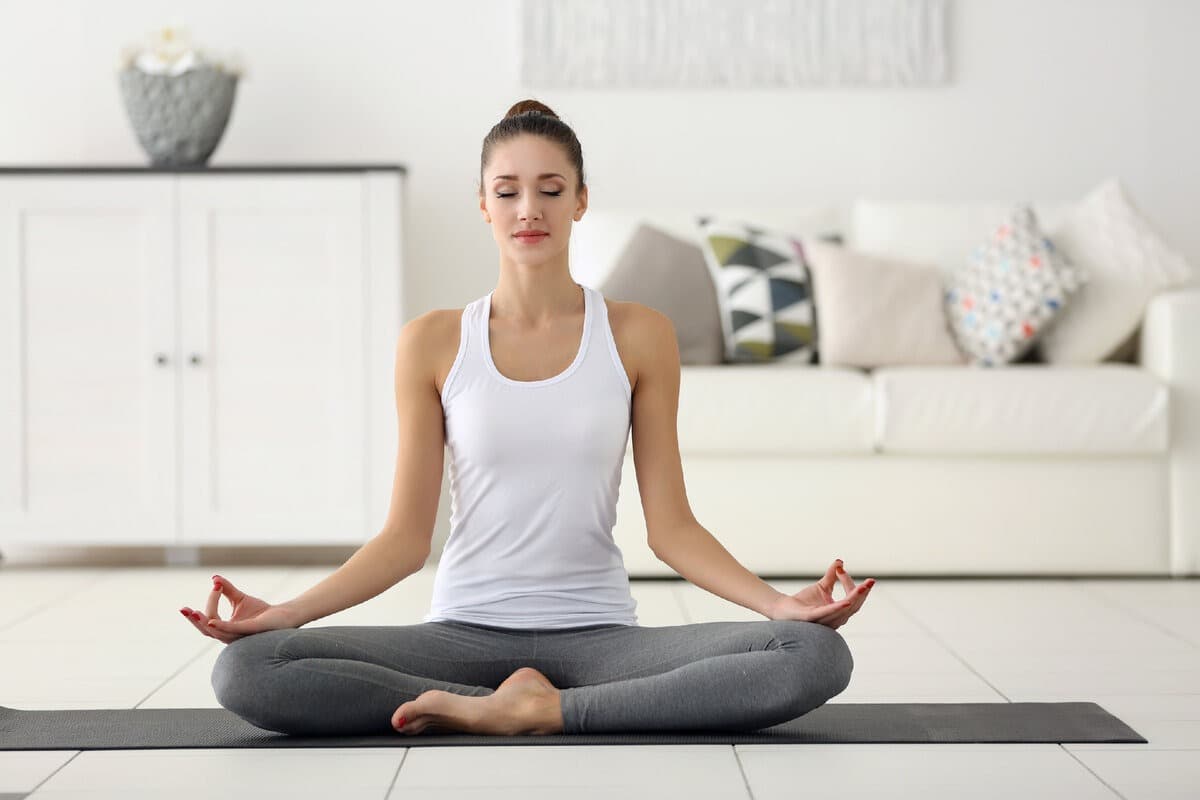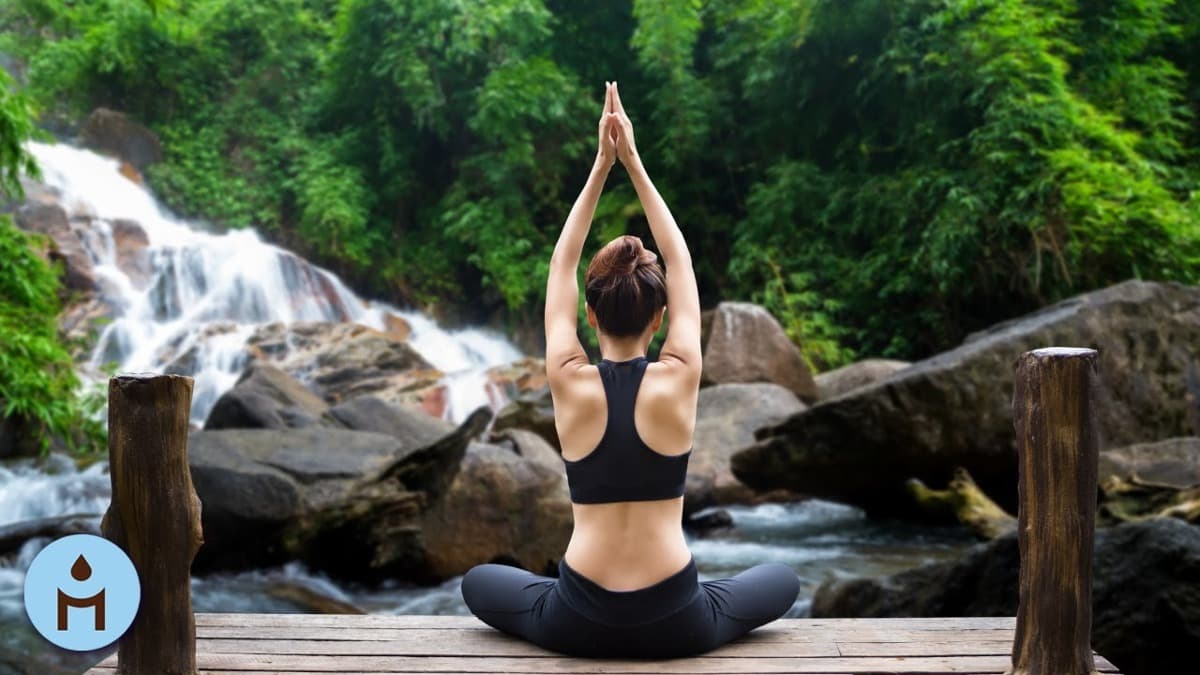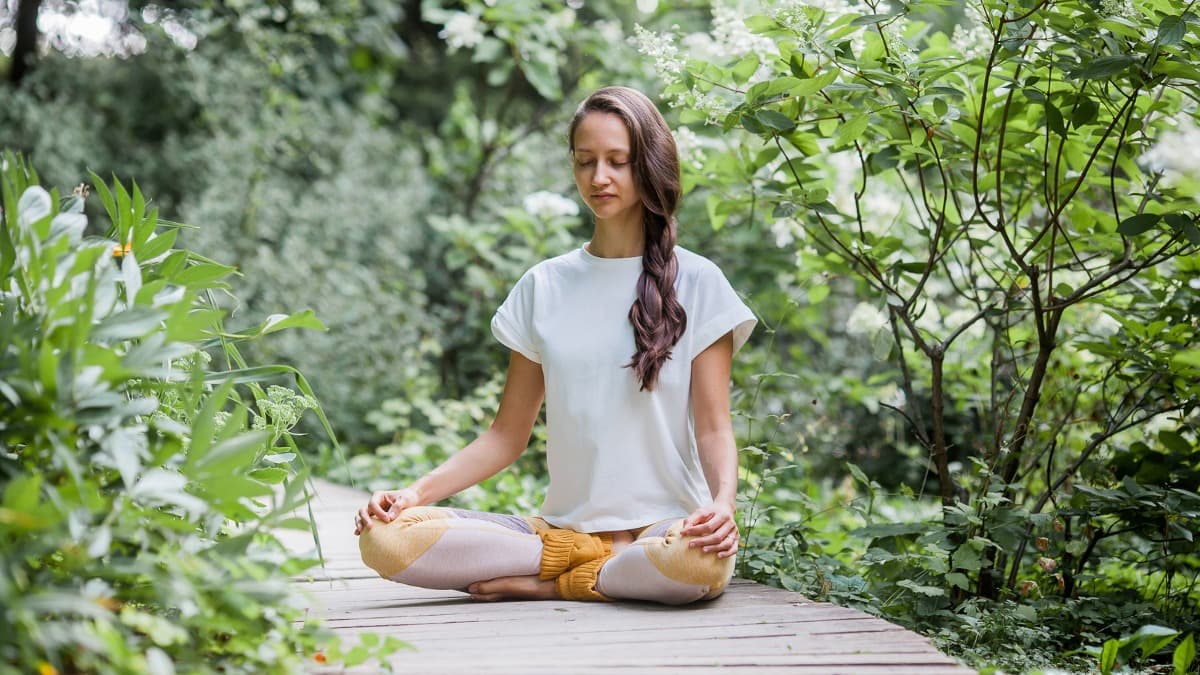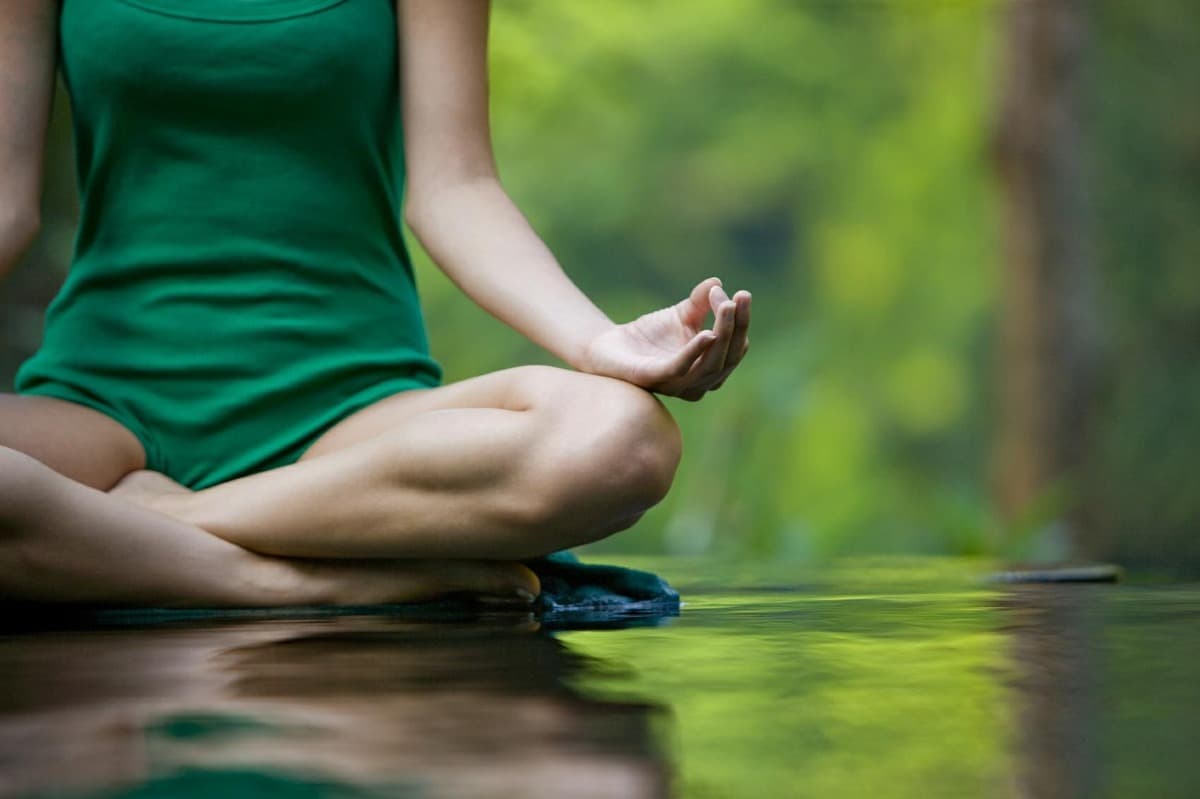Additional info
Whichever posture and method you choose, stick with them for the duration of your meditation period. Indeed, once you find what works for you, you’ll want to maintain that practice indefinitely.
Although you can meditate, or become fully absorbed in any activity or position of stillness, sitting is the most commonly recommended posture. There are a number of classic seated poses, but Sukhasana (Easy Cross-Legged Pose) is obviously the most basic. More flexible meditators prefer Padmasana (Lotus Pose).
Sitting in a chair also works. It’s no less effective and certainly no less spiritual, and it’s often the best choice for beginners. The most important things are that your spine remain upright and that you feel steady and comfortable, the same two qualities necessary for performing asanas. To maximize comfort on the floor, place a cushion or folded blanket under your buttocks to elevate them and gently guide your knees down toward the floor. This helps support the natural lumbar curve of the lower back. Some people prefer kneeling “Japanese-style.” You can buy small, slanted wooden benches for this position.
Relax your arms and place your hands on your thighs or in your lap, with the palms in a relaxed position facing up or down. Roll your shoulders back and down and gently lift the chest. Keep your neck long and the chin tilted slightly downward. Depending upon which technique you are following, the eyes may be opened or closed. Breathing is natural and free.

